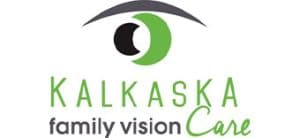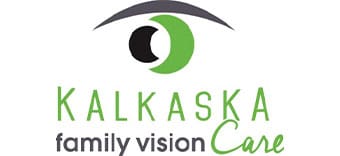OPTILIGHT BY LUMENIS
A New Way to treat Dry Eye
Designed by Lumenis, an innovator in laser or light-related medical equipment, OptiLight is the only FDA-approved Intense Pulse Light (IPL) therapy for dry eye disease. This non-invasive, fast and gentle procedure can stop or significantly reduce dry eye symptoms.
Chronic dry eye disease afflicts millions of people, with the potential to disrupt even the most routine of daily tasks. People with this condition find their eyes constantly watering, itching, burning or feeling like they have grit or sand in them. They may also notice blurry vision after reading, watching TV, or using a computer.
To understand the condition, it’s good to know how and why our bodies can produce tears. This fluid produced by the lacrimal glands is more than water—it also contains mucous, oil (produced by the meibomian glands), proteins and antibodies. These lubricating tears continuously nourish and protect the front surface of the eye.
You also produce reflex tears, the body’s emergency response to a sudden irritation or injury to the eye. When a foreign body, an injury or inadequate lubrication of the eye surface occurs, the body quickly generates and distributes additional tears to help flush out any irritants. Paradoxically, that’s why a person with dry eyes can experience watering—the brain senses a lack of lubricating tears and seeks to remedy the situation.
With some instances of dry eye disease, the lubricating tears don’t contain enough of the oil produced by the meibomian glands, and so the tears may evaporate too quickly. Or, the lacrimal glands fail to produce enough tears to adequately bathe the eye surface. Either possibility can result from aging, disease or medications, hormonal changes or environmental conditions.
OPTILIGHT BY LUMENIS
The OptiLight device works by generating pulses of light directed at the outer skin below the eyes. The 10-15 minute procedure relieves dry eye symptoms by:
- Increasing tear break-up time to slow evaporation
- Reducing microscopic demodex mites and bacteria, both of which contribute to dry eye
- Decreasing inflammation
- Improving meibomian gland performance
During the session a specialized gel is applied to the treatment area to protect the skin, as well as coverings to shield your eyes. As the light contacts the skin, you may feel a warm or tapping sensation, but it’s otherwise painless.
To further protect your skin, you should avoid the following before undergoing the procedure:
- Skin brightening agents or serums for at least a week before
- Tanning beds, a month before
- Botox injections at least 3 months before
- Oral doses of isotretinoin, tetracycline or doxycycline 3 months before
After the procedure, your skin may be mildly sensitive, so you’ll want to avoid excessive sun exposure and wear sunscreen for a time recommended by your doctor. Most people don’t experience any significant side-effects, but occasionally the eyes may feel a little drier and grittier a day or so after treatment. If this happens, preservative-free artificial tears can provide relief.
A patient initially undergoes four OptiLight sessions spaced 2-4 weeks apart. Doctors then recommend maintenance treatments every 6-12 months to ensure the best long-term results.
ARE YOU A GOOD CANDIDATE FOR OPTILIGHT?
Although most people can safely undergo OptiLight therapy, the procedure may be inappropriate for people with active acne, severe skin scarring or a susceptibility to keloid scarring, a recent severe sunburn, or if they’re taking certain medications like Accutane.
Your doctor will review your health and medical history, and advise you on any risks you might face undergoing OptiLight therapy. More than likely, though, you’ll be an acceptable candidate for the procedure.
FINDING RELIEF FROM DRY EYE DISEASE
With OptiLight by Lumenis, you don’t have to put up with the watery, itchy discomfort of dry eye disease. OptiLight treatment can help you effectively manage your condition, and improve your daily life.


